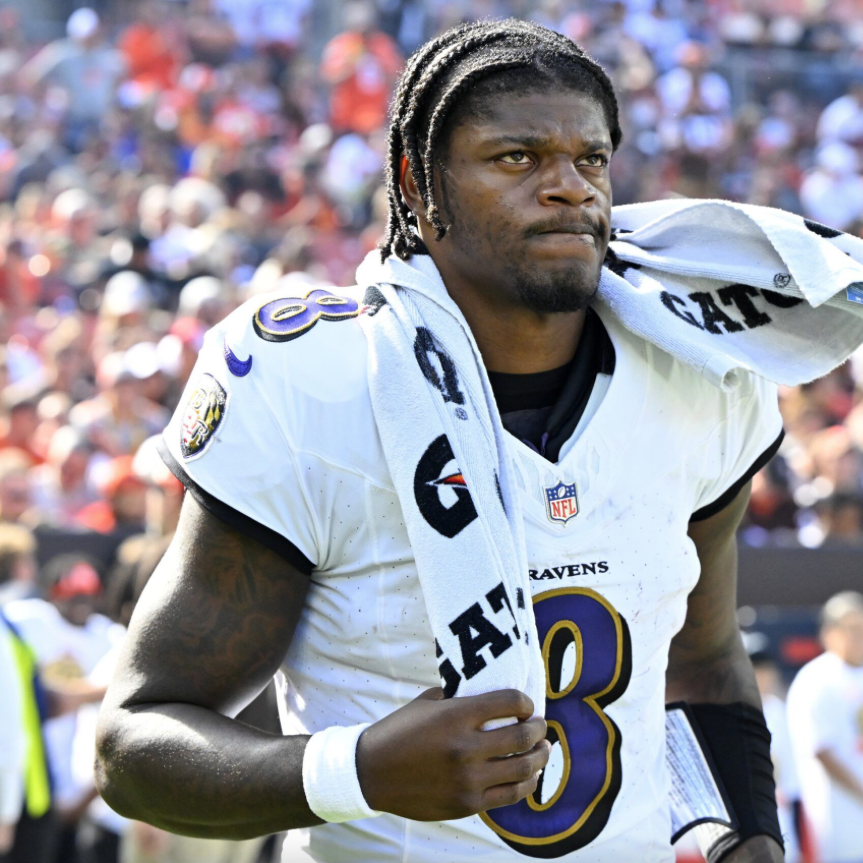- Thread starter
- #121
- Now let’s have a look at what the United States Conference of Catholoc bishops say :
By Msgr. Daniel Kutys
Average Catholics asked today how often they read the Bible likely would say that they do not read the Bible regularly. However, if asked how often they read Scripture, the answer would be different. Practicing Catholics know they read and hear Scripture at every Mass. Many also recognize that basic prayers Catholics say, such as the Our Father and the Hail Mary, are scriptural. But for most Catholics, the Scripture they hear and read is not from the Bible. It is from a worship aid in the pew.
Scripture always has played an important role in the prayer life of the Catholic Church and its members. For the ordinary Catholic in earlier centuries, exposure to Scripture was passive. They heard it read aloud or prayed aloud but did not read it themselves. One simple reason: Centuries ago the average person could not read or afford a book. Popular reading and ownership of books began to flourish only after the invention of the printing press.
Once the printing press was invented, the most commonly printed book was the Bible, but this still did not make Bible-reading a Catholic’s common practice. Up until the mid-twentieth Century, the custom of reading the Bible and interpreting it for oneself was a hallmark of the Protestant churches springing up in Europe after the Reformation. Protestants rejected the authority of the Pope and of the Church and showed it by saying people could read and interpret the Bible for themselves. Catholics meanwhile were discouraged from reading Scripture.
Identifying the reading and interpreting of the Bible as “Protestant” even affected the study of Scripture. Until the twentieth Century, it was only Protestants who actively embraced Scripture study. That changed after 1943 when Pope Pius XII issued the encyclical Divino Afflante Spiritu. This not only allowed Catholics to study Scripture, it encouraged them to do so. And with Catholics studying Scripture and teaching other Catholics about what they were studying, familiarity with Scripture grew.
Scripture awareness grew after the Second Vatican Council. Mass was celebrated in the vernacular and so the Scripture readings at Mass were read entirely in English. Adult faith formation programs began to develop, and the most common program run at a parish focused on Scripture study. The Charismatic movement and the rise of prayer groups exposed Catholics to Scripture even more. All of this contributed to Catholics becoming more familiar with the Bible and more interested in reading the Scriptures and praying with them.
In a round-about way, aspects of U.S. culture also have encouraged Catholics to become more familiar with the Scriptures. References to John 3:16 appear in the stands at sporting events. Catholics who hear of and see other Christians quote or cite Scripture verses wonder why they cannot. Such experiences lead Catholics to seek familiarity with the Bible.
Such attitudinal changes bode well for Catholics, especially when reading and praying with the Word of God leads to lessons learned, hearts inspired and lives profoundly moved for good.
- - -
Monsignor Daniel Kutys is a pastor in the Archdiocese of Philadelphia. Previously, he served as the Executive Director of the USCCB Secretariat of Evangelization and Catechesis.





